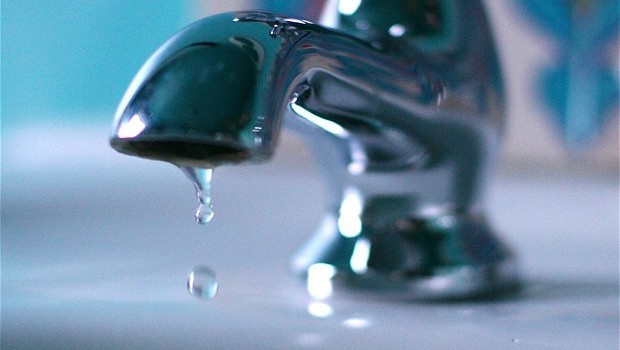
My new year’s resolutions are continuing and this week, where I have decided to have a look at my water consumption. As I live in a house that has a water meter (where bills can add up quite a bit), I set myself the challenge of trying to reduce the amount I use and this blog takes a look at how I can do that. As with my previous blogs, my aim is to try and save money in the long term by making little changes to my living habits and looking at some modern technologies that have also the potential to help me do that.
Dripping Taps can add to your bills
So the first thing I did was to have a good look around my house to see if there was anywhere where I was losing water. I found one dripping tap in the utility room so I changed the washer on it and that tightened it up, which stopped the drip. Who knows how many litres that was wasting in the first place!
Toilets – spend a penny, save a few quid!
I recently read that 75% of water used indoors is used in the bathroom, and of that, 25% is used to flush toilets. So I checked the toilets with an ingenious little tip a friend gave me. I put some food colouring in the toilet tank (known as the cistern) and waited to see if any appeared in the bowl (without flushing!)
Luckily it didn’t, as that would have shown me that I had a leak from the cistern to the bowl and I would have been wasting water that way too. Another tip to reduce the amount of water the toilet uses, is to fill the cistern with a couple of bricks (some people use a plastic bottle filled with sand so it sinks), making sure it is well away from the flushing mechanism. There are also cistern bags that are very cheap to buy, that you place in the cistern and these expand as they absorb the water to a volume of about 1 litre.
As soon as you have bricks, a plastic bottle or these cistern bags in the toilet tank, less water is needed to fill the remaining space and so this reduces the amount of water used when flushing.
Some people like using the toilet as an ashtray or a wastepaper basket. Don’t! It uses about 12-15 litres of good water to flush something away. Indeed I’ve been on a couple of eco-holidays where they encourage even less flushing: “if it’s yellow, let it mellow; if it’s brown, flush it down!” but that is a personal choice.
Dishwasher – clean the dishes at a lower cost
We next had a look in the kitchen and did an experiment with the dishwasher. It has an “eco” setting, which we always took for the best setting for water and electricity usage. The eco cycle takes about 160 minutes to complete. But recently, when we’ve put just cutlery, mugs and plates in there and run it on the “quick” setting (just 36 minutes), it does a just as good a job. They come out with the same shine but that saves us water and electricity, double winner! I also make sure I fill it up (same with the washing machine) before using it.
On a slightly separate note, we have dual tariff electricity in my home so we can save money on our electricity bills by using the delay start function so these devices come on during the night when they are cheaper to run.
In the kitchen we keep a bottle of water in the fridge which saves running it and waiting for it to cool to the right temperature before drinking it. These may seem almost pointless but all the little savings add up over the course of a year.
The Shower – Save money, keep singing!
The shower was the next thing under scrutiny, and notably our habits when using the shower. Before I started looking at this, I would leave the shower running whilst I stood aside to scrub with the soap and shampoo. In that time a few gallons of hot water get wasted every day, so I’ve started to change my habits a bit but turning the shower off whilst I soap up, then turn it on again to rinse off. It took a bit of getting used to, but there are devices out there which can help you do this. One is a simple shower pause button which can be easily installed in the system. Another is called a shower-start device, which gets the right mixture of hot and cold and saves it before you actually get in the shower.
It has a motion sensor, much like many public place sinks have. I haven’t got one of these yet but I’m thinking because at the moment I normally turn the shower on and wait for it to get to the right temperature before stepping in. Then there is the actual shower itself. I’ve tried to cut down on the amount of time in the shower. Personally I normally have the radio playing and try to limit the shower to the time it takes them to play one song (unless it’s Hotel California…). There are devices that can help you do this. One such is called the “Showertime” unit, which allows you to monitor the amount of water you use each time you take a shower. They cost about a tenner and they are dead easy to calibrate and use. They will show you how much water you have used and a visual and aural alert will tell you when you are approaching your limit.
Another simple tip is to turn the tap off whilst cleaning your teeth and then just turn it back on to rinse. Similarly for shaving guys (and girls?!), it’s best to just fill a sink with a few inches of warm water rather than having the hot tap running whilst you shave.
Paying for Water Saving Measures
The majority of the things I have suggested above are either free or simply behavioural changes, but there are some pretty simple technologies that can make a huge difference when trying to save water, which I have heard are really simple to install, like screwing aerators onto taps, or replacing showerheads. I am actually going to do my next blog on some of these technologies – so will let you know how I get on!
Forming Better Water Usage Habits
Water conservation at home is one of the easiest measures to put in place and more often than not it’s just a case of changing habits. Psychologists reckon it takes 21 days to form a new habit. I’ve been working on the above changes for almost two weeks now, and they are getting easier. We are now almost at the end of February and we have used just over half of the water consumed in January, so we reckon we are on the right track!



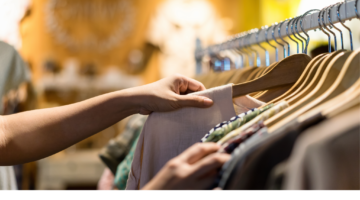
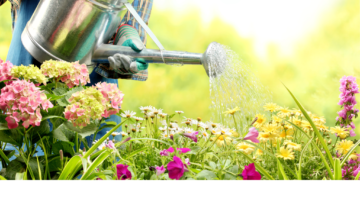
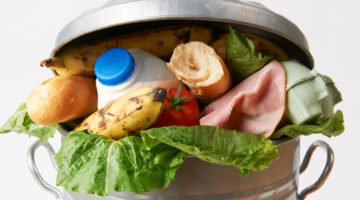
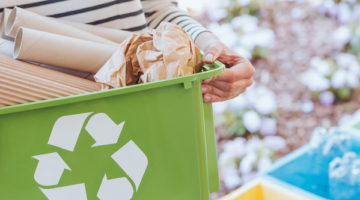





Thanks Ed for your insight into this. We always try to save water in my home. I recently got an energy efficient shower head, seems to use much less water. For the garden we now have two collectors and water the plants with the rainwater collected.
Really enjoying your blogs Ed, keep up the good work!